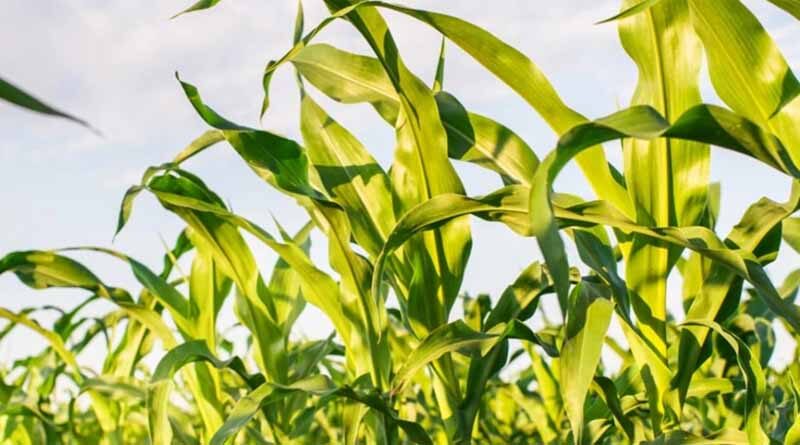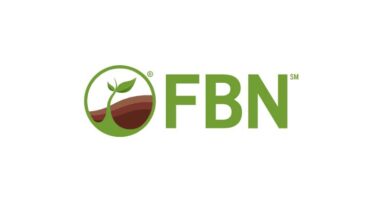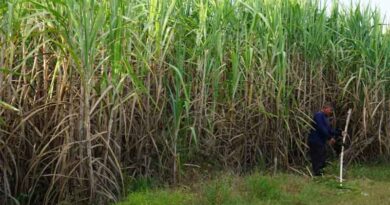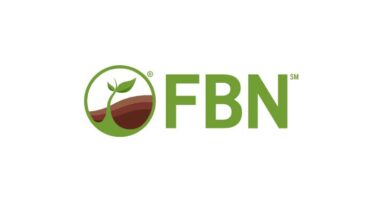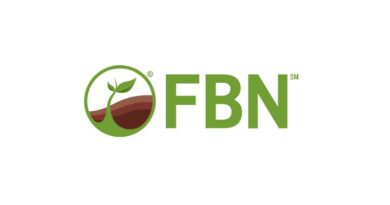Corn Basis for 2022 Harvest Delivery Likely to Strengthen
25 June 2022, US: After a steady climb over the past six months from $5.50 to $7.50 a bushel for the bellwether December 2022 futures contract, the past three weeks have seen relative choppy trade keeping prices hovering around the low $7 mark.
USDA’s acreage report at the end of June along with US growing season weather will be key drivers for deciding if futures can reach new highs heading into harvest. Likewise, basis levels for fall delivery will be adjusting as we get closer to harvest and estimates of new supplies start to dial in.
Current cash forward contracts which quote new-crop basis for delivery this fall have been generally trending higher in the Western Cornbelt but flat to a bit lower in the Eastern Cornbelt. Last year had big corn crops, especially in Ohio and Indiana, which has kept spot basis levels in those states below normal for much of the past six months. Meanwhile in the West, dryness in the Plains and lack of grain supplies has underpinned spot basis for much of the year.
Is this a good time to be locking in the new-crop basis for delivery at harvest? Or would you be better off waiting for new-crop basis to improve? To answer that, we examined 2006-2021 basis bids at harvest for key states and developed our FBN Basis Model to help guide marketing decisions. This model is tuned into a number of factors like US and local production, stocks, ethanol, and exports and gives a basis forecast based on the expected supply and demand situation for this fall.
The results of the forecasts are presented in the chart below for 15 key states. In addition, we illustrate the current year new-crop basis averaged across buyers to compare whether current basis offerings are above or below expected basis levels at harvest.
Of the 15 states, only 2 states (KY and MO) show current new-crop basis quotes that are at or below the forecast value for the state. Most states have forecast basis that not only is higher than current quoted basis for that state, but that also is above the long-run average basis at harvest. The key drivers of this are declining US carryout expected for 2022 as well as fairly sizable changes in local production due to acreage changes between 2021 and what is expected in 2022. If USDA were to find even lower acreage in the June survey, and/or if yield potential erodes over the season, then this could add more basis upside this fall. Falling production combined with near-record exports and ethanol production expected in 2022 likely keeps local basis supported heading into harvest, and yet another market where farmers are better off waiting to price on.
What it means for the farmer
A tightening US and global corn market is unlikely to get corrected in the next six months. Most end users are not eager to bid up basis for this fall, but as the growing season progresses we expect the corn crop size to continue to be downgraded, which likely opens doors for better basis opportunities closer to harvest than what exists today.
Also Read: FICCI Crop Protection Committee asks central govt to reduce GST on pesticides

